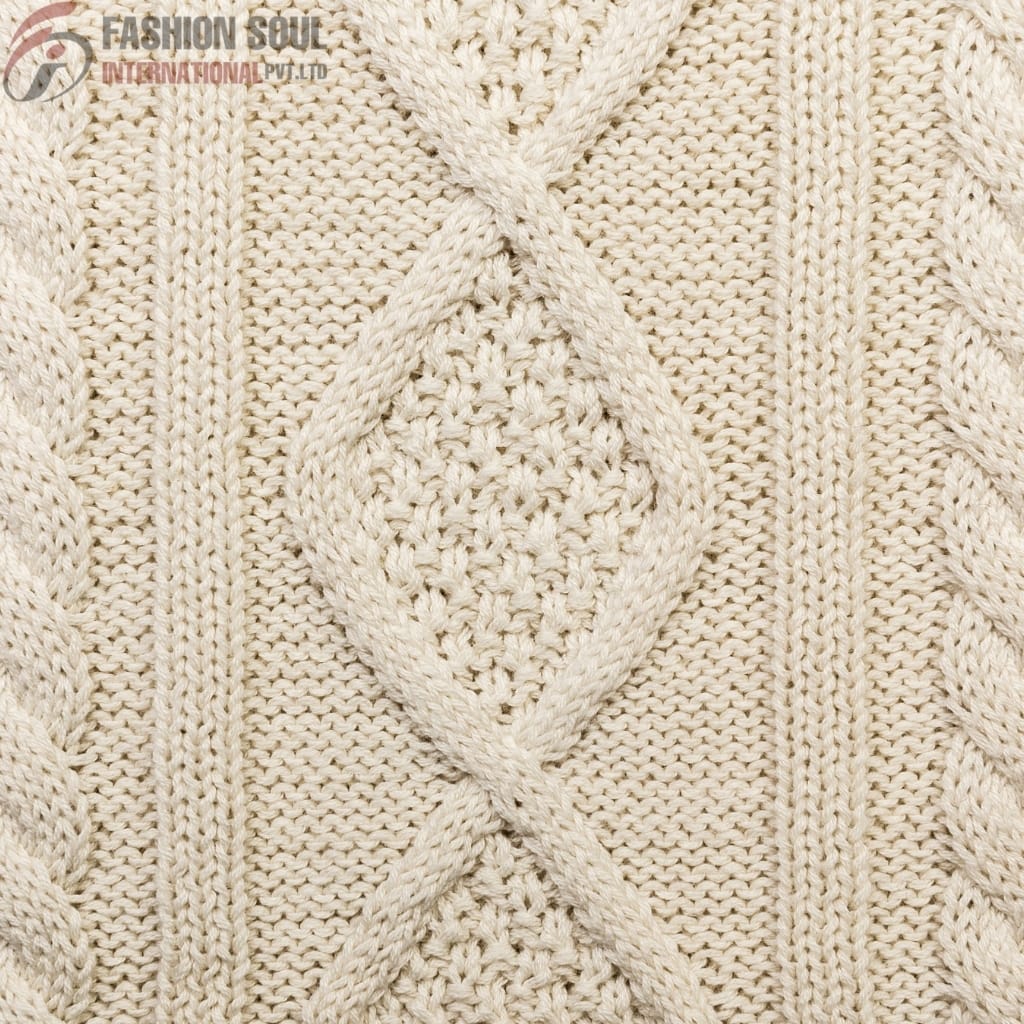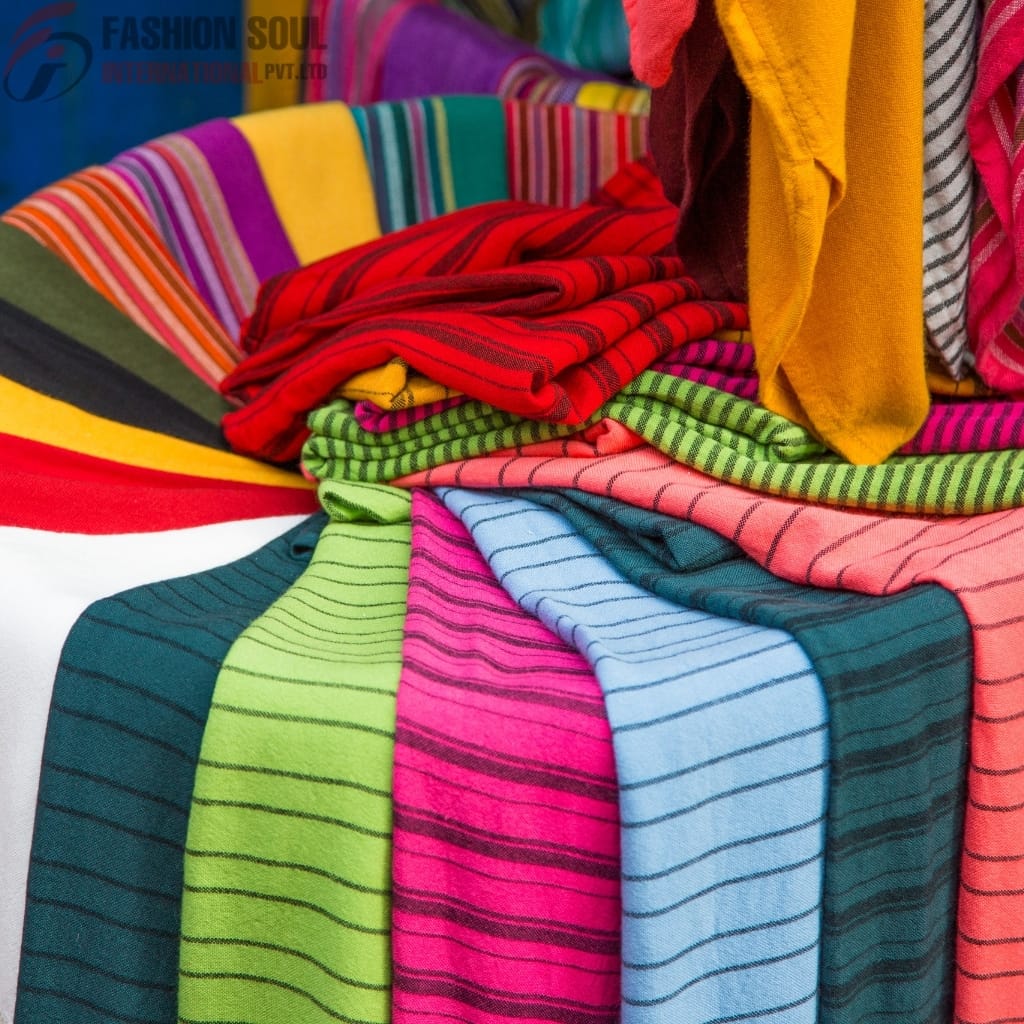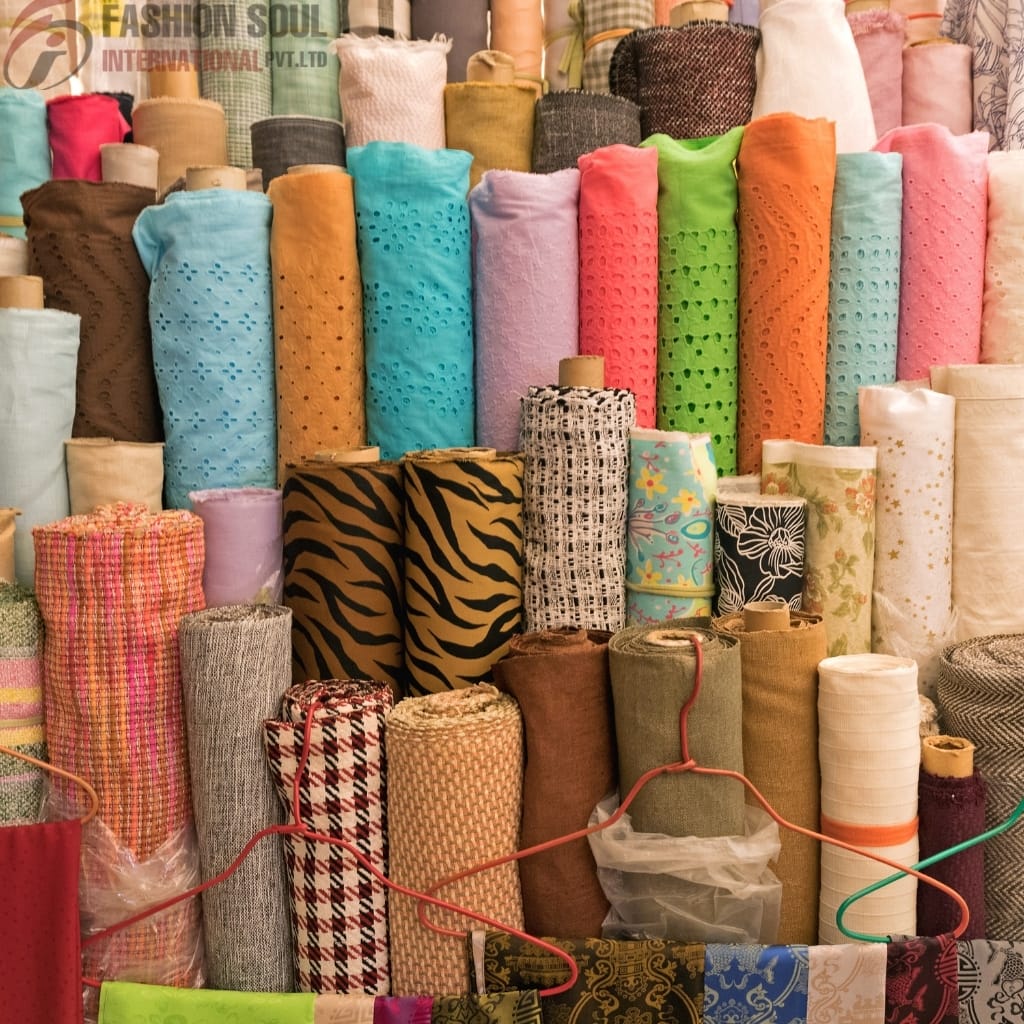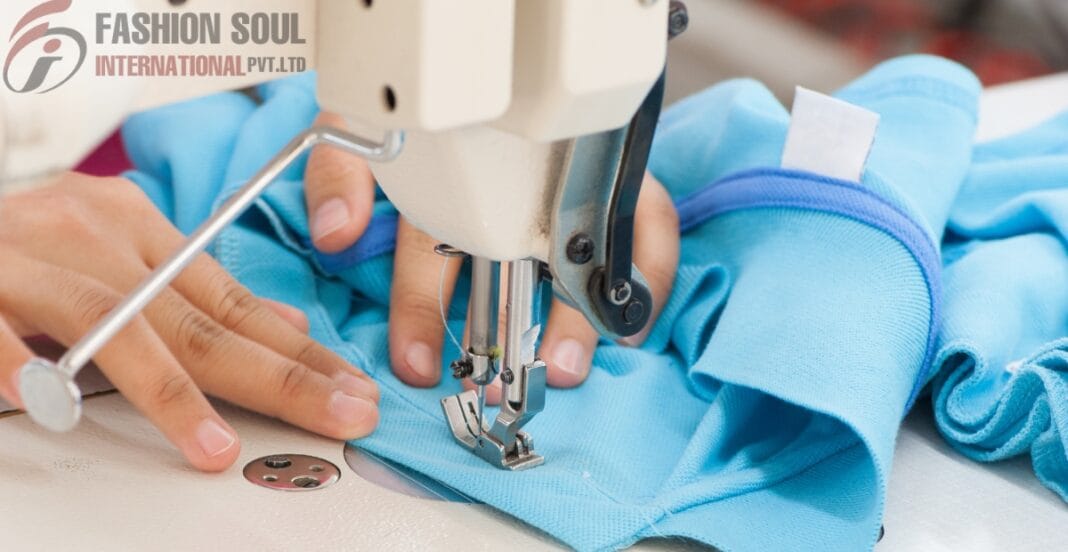Introduction: The Critical Role of Fabric in Contemporary Fashion Design
In the world of fashion design, the cloth you select can either elevate your vision or undercut it entirely. Apparel fabric is the silent yet powerful element that determines how a garment drapes, moves, and ultimately presents itself. Drawings and digital renderings provide the blueprint, yet the true translation happens only when the fabric is chosen. Opting for a textile that conveys a sumptuous hand and an instantly recognizable silhouette requires an intimate understanding of touch, depth, and how light interacts with the surface. Modern consumers no longer settle for garments that simply look good on a hanger; they seek pieces that feel exquisite against the skin and perform effortlessly from morning to evening. Designers, therefore, must zero in on sewing fabrics that marry sensual visual texture with lasting comfort and resilience. The successful pick not only scaffolds form and volume but also imbues the creation with an unmistakable signature quality that lingers in the memory and in the closet.
Table of contents
The Influence of Texture and Fiber on Fabric Luxury
When curating luxurious apparel, texture and fiber are indispensable allies. Fabrics spun from natural fibers—silk, cotton, wool—routinely outshine synthetics in tactile richness. The tactile realm is decisive. The way a fabric greets the fingertips—whether soft, smooth, or delightfully plush—shapes the first impression. Beyond hand, the weave itself alters the experience. A lustrous satin weave flirts with light and glides over the skin, perfect for a sweeping evening silhouette. A well-crafted twill, on the other hand, provides gentle structure, earning its place in tailored blazers and trousers. Texture further animates a garment in photography, catching and scattering light, yet the same texture must also converse with the body, draping or moving with natural grace. Every weave and fiber is a silent ambassador of quality, guiding discerning clients toward pieces that resonate with the enduring elegance of haute couture.

Matching Apparel Sewing Fabric to Garment Purpose
Every piece of clothing serves a unique function, and that function guides your fabric choice. Achieving a luxurious, statement-making finish begins with a clear understanding of what the garment is meant to do. Are you creating a formal gown, a breezy summer blouse, or a sharply tailored coat? Each purpose calls for a different material. For evening gowns, you might reach for fluid options like chiffon, silk, or georgette that catch the light and move with the body. On the flip side, structured items such as oversized jackets need stiffer compositions—think wool blends or refined polyester suiting that hold their shape. Activewear, however, calls for stretch and breathability, so turn to moisture-wicking knits or spandex-infused blends. The goal is a fabric that complements the desired silhouette and meets practical demands. When form and function are in sync, the finished piece looks beautiful and endures beyond the fitting. Ignore this harmony, and you risk a garment that photographs well but falls flat in daily life.
Considering Drape and Flow When Choosing Fabric
Drape is all about how a fabric hangs and moves on the body, and it’s one of the secrets to giving a garment that luxurious, high-end finish. Choose a soft, fluid fabric like rayon, silk, or jersey, and it will gently follow every curve, producing that gorgeous, flattering line we all love. These are the go-to choices for flowing evening gowns, soft shawls, and wrap dresses that beg to be twirled. On the flip side, a crisper fabric such as canvas, taffeta, or organza will hold its shape, giving you the structure needed for dramatic skirts, sharply tailored jackets, or sculptural couture silhouettes. Knowing the difference keeps the design on track. Even a stunning sketch can miss the mark if the drape is wrong. Picture the garment in every movement—will it ripple, stand proud, or float away? Choosing the right fabric means your garment will move, sit, and look exactly as you imagined, amplifying its beauty and impact.
Color and Finish: Twin Pillars of Luxe Fabric Choice
Color and surface treatment are the unsung heroes of perceived luxury. When curating textiles for a collection that oozes refinement and signature presence, start by teasing out the emotional and psychological layers of each hue. Deep, saturated jewel colors—emerald, sapphire, rubies—speak a language of understated opulence, while pale, powdered pastels whisper romance and delicacy. Soft, muted neutrals, especially when paired with a non-reflective, subtly textured surface, offer a quiet, enduring chic. The surface itself—shiny, dry, rugged—shapes the entire conversation. Lush satin, lightweight charmeuse, or silk satin give evening looks a mirror-smooth glow that catches the eye, while airy matte cotton or linen grounds a high-end casual story with ease. Textures that feel gently brushed or lightly sueded do more than please the eye; they create a lingering, intimate sensation against the skin that redefines comfort. Finally, remember that color and finish are living, breathing elements: always evaluate swatches in varied light—day, artificial, warm, cool—to guarantee the integrity of the story remains intact, no matter the moment.

Choosing Fabrics Based on the Seasons
Seasonal changes influence not just temperature but also fabric choices for garments. Selecting climate-appropriate textiles is key to crafting enduring and luxurious pieces. Lightweight cotton lawn, linen, and rayon excel in spring and summer, offering breathability and coolness. As fall and winter approach, heavier wool, corduroy, and flannel provide warmth and a comforting feel. Sustainable and luxurious fabrics are increasingly intertwined, with consumers favoring brands that prioritize eco-friendly options. Organic cotton, bamboo, hemp, and recycled fibers often surpass conventional materials in quality and offer compelling stories of ethical sourcing and reduced waste. Incorporating these sustainable fabrics enhances a collection’s prestige and aligns with consumer values, redefining luxury as the seamless integration of beauty and conscience.
Caring for Luxury Fabrics Over the Long Run
A fabric’s lasting quality is subtly revealed in its response to cleaning and handling. While selecting a luxurious material is the first step, its care determines whether that initial impression endures. Though silk and fine wool feel sumptuous, frequent dry cleaning can become tiresome. Conversely, high-quality cotton, bamboo, and linen often withstand gentle washing, emerging gracefully with minimal care. True luxury integrates sensory appeal with realistic maintenance, becoming a welcome part of daily life. Clear washing and storage instructions empower the wearer to preserve the garment’s feel, color, and shape. Ultimately, luxury is measured not by initial allure but by a garment’s enduring impression, season after season. A fabric’s ability to withstand laundering and retain its refined state completes the luxury experience.
Blending Textiles to Create Signature Looks
Layering varied fabrics within the same piece can lift your collection from good to unforgettable. Choosing the right main fabric is only the beginning; the real magic comes from orchestrating texture, hue, and weight so they speak to one another. A sleek satin upper body married to a whispery tulle skirt, for instance, generates a kinetic poetry that a single fabric can’t match. A tailored jacket that marries springy wool with a lining of luminous silk marries crisp structure to a subtle glow. To succeed, the relationship must be harmonious: each textile must serve the same story while carrying its own voice. Attention to detail is non-negotiable: stitches that bite, shrinkage that surprises, and drapes that collide must be anticipated at the drafting stage. When the balance is struck, a mixed-media garment becomes a conversation piece, announcing that its maker possesses both artistic vision and the engineering finesse to realize it effortless.

Testing and Sampling Before You Finalize Your Fabric Choice
Before you place a bulk order, make it a point to test and sample the fabric you want to use. Sampling gives you first-hand insight into how the material cuts, sews, and behaves over time. Choosing an apparel fabric for its plush hand or signature look, without putting it through its paces, can easily result in expensive mistakes down the line. Stitch a few small mock-ups or prototypes to check for seam strength, elasticity, shrinkage, and how dyes respond to washing. This is also a chance to trial various interfacing, linings, or decorative elements to see how they work together. Thorough sampling confirms the fabric will deliver both performance and visual appeal. Plus, it gives clients or team members a concrete example of the finished piece. This step might feel like a delay, but it pays off by ensuring the finished garment has the luxe, memorable quality you had in mind.
Selecting Trustworthy Suppliers for Luxury Fabrics
Where you buy your fabric shapes your entire line. Choosing textiles that drape beautifully and carry an air of distinction means seeking suppliers you can trust without hesitation. A good vendor provides uniform quality, clear documentation, and, when relevant, the appropriate certifications. Focus on suppliers whose specialty is high-end materials and who can send fabric swatches ahead of the order. You can gauge a new supplier by reading independent reviews and customer testimonials. Vendors who practice transparent sourcing, uphold ethical manufacturing, and respond promptly to inquiries invariably rank higher. Cultivating a strong relationship with such suppliers gives you early access to limited collections, volume pricing, and dependable reordering of hard-to-find textiles effortless. Since the caliber of the materials you choose reflects directly on your brand, invest time and attention when selecting the sources that supply those materials.
Conclusion: Raising Fashion Standards with Thoughtful Fabric Choice
From the first sketch to the final stitch, the choice of fabric determines the character of every piece. Its visual presence, sensual touch, practical performance, and lasting integrity weave the soul of the garment. Choosing material that bestows a plush, memorable drape is equally driven by intuition and expertise. When you weigh hand, composition, seasonal appropriateness, environmental impact, and the credibility of suppliers, you commit to work that meets and exceeds the most exacting ideals of craftsmanship and design. The fabric that drapes across the designer’s table is the invisible architect of signature style; every deliberate selection advances the vision of cloth that not only commands attention but also feels extraordinary and endures in memory.
FAQs:
Silk is considered the most luxurious apparel sewing fabric. It feels soft, drapes beautifully, and adds instant elegance. Designers love it for its shine, comfort, and timeless appeal.
Choose soft, flowing fabrics like satin, silk, or georgette. These fabrics look elegant and feel rich. Always test drape and texture when selecting apparel sewing fabric for formal outfits.
Wool, twill, and high-quality cottons offer structure. These types of apparel sewing fabrics hold their shape well. They work perfectly for blazers, pants, and coats.


